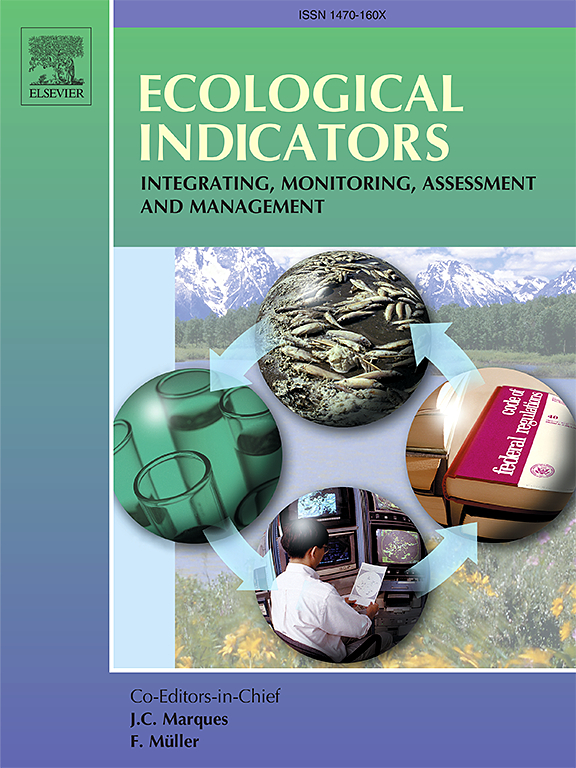Identification and optimization strategy of county ecological security pattern: A case study in the Loess Plateau, China
Fu, Yangjun , Shi, Xueyi , He, Juan , Yuan, Ye , Qu, Lulu
2020-05-01 null null 112(卷), null(期), (null页)
The construction of an ecological security pattern (ESP) is an effective measure to improve the structure and function of ecosystems, maintain ecosystem services, and ensure ecological security. Our focus is the hilly and gully region of the Loess Plateau in China, a typical county area where the extensive use of land has put tremendous pressure on the ecosystem and caused a series of ecological problems. Therefore, considering different targets for decision makers, we introduced hot spot analysis method to construct two plans of ESP based on local conditions and the proposed long-term optimization strategy of ESP. The results showed that the ecological source areas of plans A and B accounted for 31.47% and 43.26% of the ecological land, respectively, covering the core areas of most nature reserves, effectively validating the accuracy and feasibility of our method. Additionally, the total area of the optimized ecological source was 8.91% higher than that of the existing area, which expands the radiation range of ecological sources and enhances the internal connectivity. In order to form a regional functionalized and structured spatial structure layout system, the ecological framework of two axes, four cores, six belts, and eight zones was proposed according to the spatial distribution of the river corridors and important ecological landscape components. Overall, this study adds new insight into the methodology of ESP construction that can provide important references for regional development planning and ecological protection.
相关推荐
- Selecting ecological restoration modes for watershed ecosystems: a case study in Loess Plateau [2020-05-01]
- Identification and Revitalization Strategies of Rural Regional System Types Based on Human-Land Coupling: A Case Study in the Loess Plateau, China [2020-05-01]
- Long Time-Series Monitoring and Drivers of Eco-Quality in the Upper-Middle Fen River Basin of the Eastern Loess Plateau: An Analysis Based on a Remote Sensing Ecological Index and Google Earth Engine [2020-05-01]
- Assessing sustainable transformation and development strategies for gully agricultural production: A case study in the Loess Plateau of China [2020-05-01]
- Sustainable use of gully agricultural land and water resources for sustainable development goals: A case study in the Loess Plateau of China [2020-05-01]



